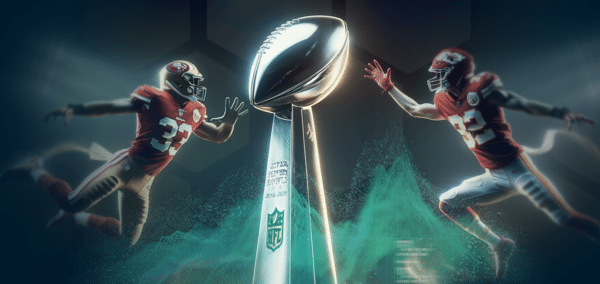
Written by Olivier Wellmann, VP of Product at Conviva
Advertising was once more art than science. The successful ad man was both magician, and storyteller, reading the pulse of the buying public, like a ship’s captain reading the wind. There were polls, and focus groups, but at the end of the day it came down to hunches and intuition. You knew you were right when sales took off.
That is drastically changing today with the arrival of big data, machine learning, artificial intelligence and the explosion of the data collected directly from the consumers. Marketers shift from speaking at consumers, and towards establishing ongoing, real-time conversations with customers and prospects. The essential key to success is hitting the customer with just the right ad, at just the right time, when they are most likely to buy. Predictive models offer unparalleled insights into customer behavior. To increase sales and success, brands now demand a cohesive, contextually relevant, and personalized messaging. This requires a solid understanding of individual delivered with a continuity of voice across devices and channels. When and why do readers become buyers? What do customers respond to? And what is on the horizon? By spotting trends and targeting customers more precisely, mathematics is bringing a new sort of magic to advertising and boosting the return on advertising investment.
Converging trends drive this new model of data rich, personalized conversations with customer and prospects. As data sources are proliferating, new tools allow to harvest quantities of real-time information from cell phones, television, over-the-top video devices, social interaction, as well as e-commerce, cash registers, and even the weather. This new data collection capability allows to deterministically understand media channels consumption, social behavior and buying patterns. And we can now clean, parse, process and compute all these events in real-time and transform this information into highly accurate metrics, and identities graphs while fully protecting the privacy of individuals. These technics also enable on-going multivariate testing to continuously learn the optimal placement, timing, context, and content that can drive the most effective conversion.
This flood of information is driving a revolutionary process in marketing and product development. Better modeling makes business extremely customer-centric and customer-driven, allowing to reshape product lines, feature sets, and advertising more responsively. Data models shaped by artificial intelligence give advertisers and product managers new connections with their customers that are conversational and personal. Marketers can now develop profiles, identities, and graphs of each individual customer! We are not limited to only historical purchase anymore. We can now enhance our understanding by appending new data sets, and to use predictive models to forecast future trends and uncover unforeseen insights. We can more accurately and quickly answer a critical question: “What do people want?”
Working this magic means constant monitoring, testing, and response. Marketing math is the new normal—so much so that some companies spend more on technology for their marketing departments than they spend on IT. Companies like Amazon, Google, and Netflix test constantly, with every customer visit, every purchase, and every click. Every test builds a more robust picture of each customer. These constant iterations coupled with the adoption of machine learning allow for the rapid detection of anomalies to reshape offers in near real-time.
A study by Bain & Company reported that a large US telecom company tested 17 different variables (offers, messages, calls to action, etc.) in 12 combinations. The marketing team used real-time feedback to adjust the messaging dynamically for the best response rates. They found that the best combinations doubled or tripled the conversion rates of their best existing offers.
The results do not stop here. The new math of marketing means that advertisers can measure exactly how advertising affects sales. This means that marketing departments can measure and report the ROI of each individual campaign. Yet getting beyond ROI remains the key to lasting success. We still struggle to measure whether a conversion resulted from the ad itself, or from a recommendation from a co-worker. Attribution modeling is still in its infancy. First touch, last touch (a.k.a. last click), linear inference, and the understanding of time decay is not fully mastered by marketers. Advertising remains the art of persuasion – we now demand even more intuition, and creativity, that is finally informed with the better data, behavioral models, precise identify management coupled with real time accurate analytics.
Math and creativity are extremely powerful in combination. Marketers can let their creativity flow, then test their boldest strategies quickly, and accurately. There is no equation for measuring creativity! But marketers can use the conversational model of customer engagement to reach customers on an emotional level—and know when they have reached them, how and why. This is not about trying to create the perfect ad, but getting the right combination between art and science to create fruitful conversation between a brand and a consumer. The new marketer is at once a mathematician and an artist, a storyteller, and a scientist. The best will find their balance among all those roles.







